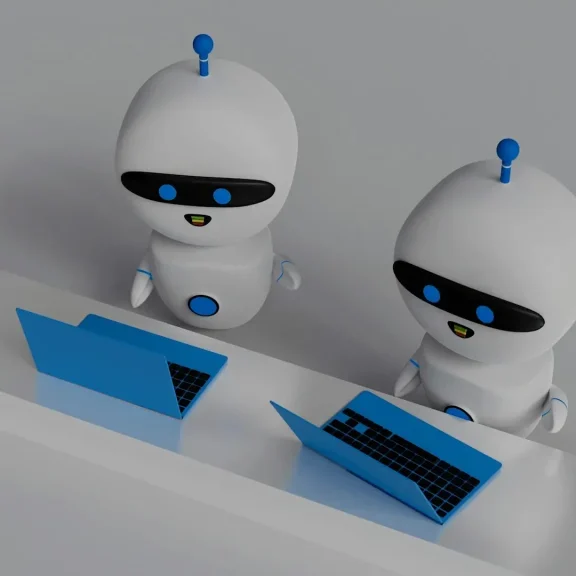Artificial intelligence is reshaping industries, and web design is no exception. Tools like ChatGPT are generating buzz for their ability to assist in creating websites, but can AI truly replace the expertise of professional designers? At Kyle & Irving, we believe AI has its place, but it works best as a complement to human creativity. Let’s explore how ChatGPT can assist with web design, where it falls short, and why the human touch remains indispensable.
1. Understanding ChatGPT’s Role in Web Design
ChatGPT is an advanced language model designed to assist with a range of tasks, including brainstorming ideas, generating code snippets, and planning content. In web design, it can:
- Help outline site structures and navigation paths.
- Generate simple HTML and CSS code for basic layouts.
- Provide design suggestions based on user prompts.
For instance, if you’re unsure where to start, ChatGPT can offer creative ideas for layouts, colour schemes, or features that align with your goals.
2. Practical Applications of ChatGPT
While it’s not a replacement for professional tools, ChatGPT can be a helpful assistant. Some practical ways it supports web design include:
- Quick Prototyping: Drafting basic layouts or wireframes with minimal effort.
- Content Creation: Writing engaging website copy or placeholder text.
- Troubleshooting: Offering solutions for common coding issues or suggesting fixes for simple bugs.
3. Limitations of ChatGPT in Web Design
Despite its capabilities, ChatGPT has clear limitations. These include:
- Lack of Visual Output: ChatGPT cannot provide real-time design previews or graphical elements.
- Complexity Gaps: Advanced coding, animations, and responsive design often require a level of precision and expertise beyond AI’s scope.
- Contextual Understanding: AI can’t fully grasp brand identity or user preferences in the way a human designer can.
- Maintenance and Updates: ChatGPT-generated code may require ongoing tweaks and refinements that aren’t automated.
4. The Human Touch: Why Professional Designers Are Irreplaceable
Web design is about more than functionality—it’s about crafting an experience that resonates with users and reflects your brand. Here’s why human designers remain essential:
- Creative Vision: Designers bring artistic intuition and creativity that AI lacks.
- Personalisation: Professionals can tailor websites to match a client’s specific needs and goals.
- Problem-Solving: Designers anticipate and address potential challenges, ensuring seamless user experiences.
- Ongoing Collaboration: Agencies like Kyle & Irving work as partners, adapting to your evolving needs over time.
5. Integrating AI Tools with Professional Web Design
Rather than viewing AI as competition, we see it as a tool to enhance efficiency and creativity. By integrating AI into our workflows, we can:
- Streamline Repetitive Tasks: Use ChatGPT to handle basic coding or content drafting, saving time for higher-level design work.
- Generate Ideas: Leverage AI for brainstorming new concepts and features.
- Enhance Communication: Use AI to draft initial plans or client proposals, ensuring clarity and alignment.
Conclusion
AI tools like ChatGPT have opened new doors in web design, offering exciting possibilities for efficiency and creativity. However, they are not a substitute for the expertise, intuition, and personal touch of professional designers. At Kyle & Irving, we embrace the potential of AI while prioritising the human connection that makes every project unique.
Are you ready to explore how technology and creativity can come together to elevate your online presence? Let’s build something extraordinary—together.

